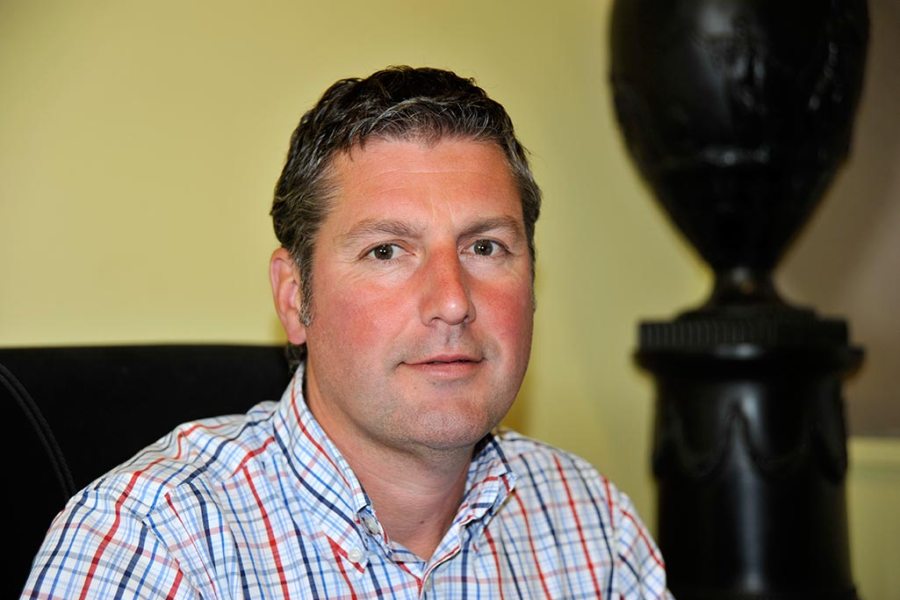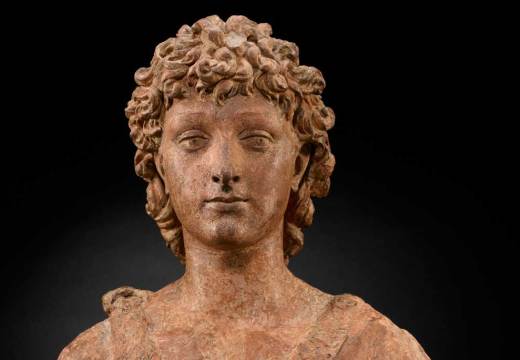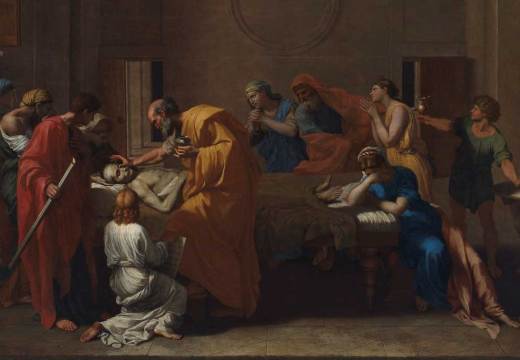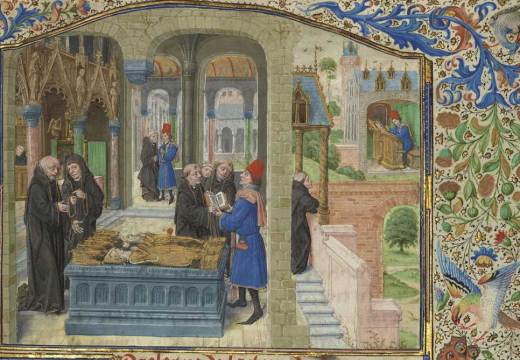Smaller museums and galleries often get overlooked in the national and international press. In a new series, Apollo asks museum directors and curators what makes their small wonders so unique. Adrian Jenkins is the director of the Bowes Museum in Barnard Castle, Teesdale
Can you tell us a bit about the museum’s history?
The Bowes Museum is the unique and philanthropic vision of its founders, John and Joséphine Bowes, who met in Paris and married in 1852. She was the daughter of a Parisian clockmaker; he was the illegitimate son of the 10th Earl of Strathmore. Over a period of 12 years, they collected around 15,000 objects which now form the core of the collection. Sadly, neither lived to see their vision realised. Joséphine died in 1874, John in 1885; but the museum finally opened in 1892. Their amazing legacy still delights visitors today.
What makes this museum unique?
It is probably the only museum built in the French style and with largely European collections, on English soil. Its most iconic object, the Silver Swan, is a life-size automaton still in working order, made in London in 1772 in the workshop of James Cox; it is entirely unique, save for a peacock from the same workshop, now in the Hermitage in St Petersburg!
How does it relate to the local area?
The founders’ vision was to bring the world to the people of Teesdale in the form of their museum and its magnificent collections; it was therefore firmly embedded in the local area from the outset. Today the museum houses the county archaeology collections which range from prehistory to the 19th century, and the magnificent library and archive with local history material relating to the building of the museum, early administration records and local history books.
How did you come to work here?
I had just returned from Portugal with my girlfriend (now my wife), and she saw the advert in the paper. The closing date for the application was two days later. I said wow, wonderful job, pity there wasn’t enough time. She didn’t listen. 13 years later I am still here.
What are the greatest challenges of running a small museum?
I’m not sure that the Bowes can be classed as small, but the greatest challenge for any museum is sufficient funding to achieve ambitions.
What is your personal highlight from the collection?
Both the element of surprise when one first sees a French château perched high above you, amidst the English countryside, and the sheer diversity of the collections as a whole.
How well you do you feel you know the collection? Does it continue to surprise you?
As our research programmes increase in their scope and ambition, we are constantly being surprised by the discoveries we are making.
How has the museum developed during your tenure?
In the last decade the museum has undergone a complete transformation both in its physical interior and in the mindset of its workforce and stakeholders. Repairs to the fabric of the building, new gallery refurbishments, a lively exhibitions programme and increased visitor numbers have all instilled greater confidence and a will to achieve.
And what does the future hold for The Bowes Museum?
Our future focus will be on strengthening our resilience by building on recent developments through partnership and promotion. Some of our key activities will be building partnerships with universities to fulfil our ambitions to become a research centre, focusing on the newly catalogued library and archive, and also promoting the museum and its collections internationally through touring exhibitions and partnerships.
Adrian Jenkins is the director of the Bowes Museum in Barnard Castle, Teesdale.
Unlimited access from just $16 every 3 months
Subscribe to get unlimited and exclusive access to the top art stories, interviews and exhibition reviews.














![Masterpiece [Re]discovery 2022. Photo: Ben Fisher Photography, courtesy of Masterpiece London](http://www.apollo-magazine.com/wp-content/uploads/2022/07/MPL2022_4263.jpg)
Why are fathers so absent from art history?